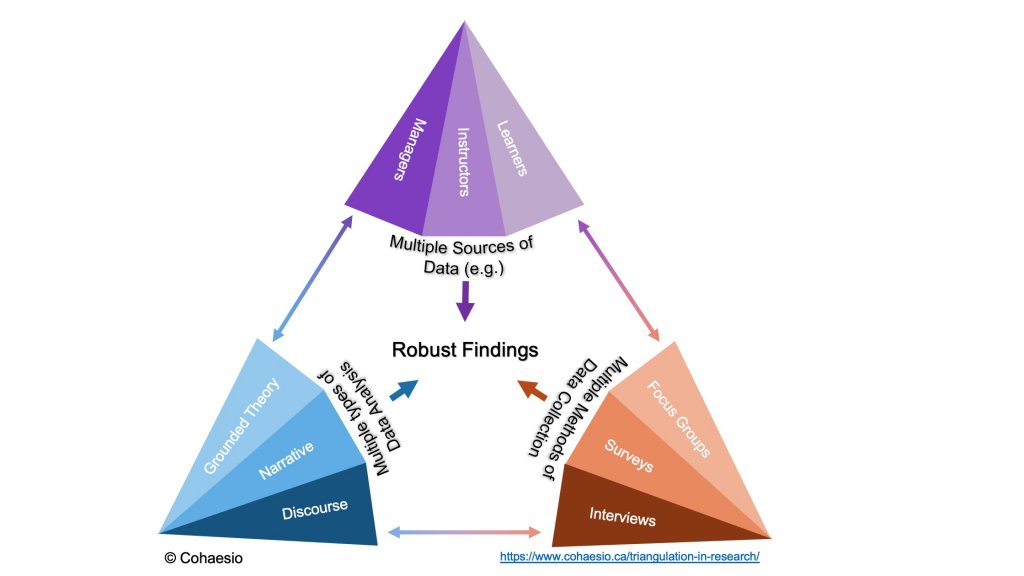Potato Value Chain Analysis Market Size & CAGR
The Potato Value Chain Analysis market is projected to reach a market size of USD 10 billion by 2023 and is expected to grow at a Compound Annual Growth Rate (CAGR) of 5% from 2023 to 2030. The forecast growth rate indicates a steady increase in the market value over the forecast period, driven by various factors such as technological advancements, increasing demand for processed potato products, and a growing focus on sustainable agricultural practices within the value chain.
COVID-19 Impact on the Potato Value Chain Analysis Market
The COVID-19 pandemic had a significant impact on the Potato Value Chain Analysis market, disrupting supply chains, reducing consumer demand, and causing fluctuations in potato prices. Lockdowns and restrictions imposed to curb the spread of the virus led to reduced production and distribution of potato-related products, affecting farmers and industry players alike. However, with the gradual easing of restrictions and the adoption of safety measures, the market has started to recover, with a renewed focus on digitization and automation to ensure business continuity and resilience in the face of future disruptions.
Potato Value Chain Analysis Market Dynamics
The Potato Value Chain Analysis market is influenced by various dynamic factors that impact its growth and development. Key drivers include technological advancements in farming practices, increasing consumer demand for convenience foods, and government initiatives to promote sustainable agriculture. On the other hand, challenges such as climate change, pest infestations, and volatile market prices pose threats to the market. Opportunities for growth lie in the adoption of precision agriculture, value-added products, and strategic partnerships along the potato value chain.
Segments and Related Analysis of the Potato Value Chain Analysis Market
The Potato Value Chain Analysis market can be segmented based on various factors such as product type, distribution channel, and end-user. Understanding these segments and their related analysis is crucial for market players to tailor their strategies and offerings accordingly. By analyzing the different segments of the market, stakeholders can identify opportunities for growth, assess competitive dynamics, and address specific needs of target customers within the potato value chain.
Potato Value Chain Analysis Market Analysis Report by Region
Asia Pacific Potato Value Chain Analysis Market Report
The Asia Pacific region plays a significant role in the Potato Value Chain Analysis market, with countries like China and India being major producers and consumers of potatoes. The market in this region is driven by population growth, urbanization, changing dietary preferences, and increasing investment in agriculture technology. Understanding the dynamics of the potato value chain in Asia Pacific is essential for stakeholders looking to capitalize on the market opportunities and navigate the challenges posed by competition and regulatory environments.
South America Potato Value Chain Analysis Market Report
South America is a key region in the Potato Value Chain Analysis market, with countries like Peru, Argentina, and Brazil being major potato producers. The market dynamics in South America are influenced by factors such as climate variability, fluctuations in commodity prices, and government policies related to agriculture. Stakeholders operating in this region need to conduct in-depth market analysis to identify growth opportunities, mitigate risks, and establish sustainable business practices along the potato value chain.
North America Potato Value Chain Analysis Market Report
North America is a mature market for Potato Value Chain Analysis, with the United States and Canada being key players in the industry. The market dynamics in this region are characterized by technological advancements, changing consumer preferences, and regulatory compliance requirements. Market players in North America need to stay abreast of industry trends, adopt innovative technologies, and forge strategic partnerships to maintain a competitive edge in the evolving potato value chain landscape.
Europe Potato Value Chain Analysis Market Report
Europe is a significant market for Potato Value Chain Analysis, with countries like Germany, France, and the Netherlands playing pivotal roles in the industry. The market dynamics in Europe are shaped by factors such as food safety regulations, sustainability initiatives, and consumer awareness of healthy eating habits. Stakeholders in the European market must analyze consumer trends, explore value-added product opportunities, and enhance supply chain efficiency to meet the evolving demands of the potato value chain.
Middle East and Africa Potato Value Chain Analysis Market Report
The Middle East and Africa region represent an emerging market for Potato Value Chain Analysis, with countries like Egypt, South Africa, and Morocco exhibiting growth potential. The market dynamics in this region are influenced by factors such as water scarcity, climate change, and population growth. Stakeholders in the Middle East and Africa need to invest in sustainable farming practices, value chain optimization, and market diversification to capitalize on the opportunities presented by the potato value chain.
Potato Value Chain Analysis Market Analysis Report by Technology
The Potato Value Chain Analysis market is characterized by the adoption of various technologies that enhance farming practices, processing methods, and distribution networks within the potato value chain. Technologies such as precision agriculture, Internet of Things (IoT), blockchain, and artificial intelligence play a crucial role in optimizing efficiency, reducing waste, and ensuring quality across the value chain. Understanding the technological landscape of the potato value chain is essential for market players to innovate, differentiate, and succeed in a competitive market environment.
Potato Value Chain Analysis Market Analysis Report by Product
The Potato Value Chain Analysis market encompasses a wide range of products, including fresh potatoes, frozen potato products, dehydrated potato products, and specialty potato products. Each product category caters to different consumer preferences, usage occasions, and culinary applications. Market players need to identify product trends, quality standards, and packaging innovations to meet the diverse needs of customers along the potato value chain. Analyzing the product landscape of the market enables stakeholders to develop targeted strategies, expand product portfolios, and capitalize on emerging market opportunities.
Potato Value Chain Analysis Market Analysis Report by Application
The Potato Value Chain Analysis market serves various applications, including food processing, foodservice, retail, and industrial uses. Potatoes are versatile ingredients that cater to different sectors such as snacks, ready-to-eat meals, bakery products, and pharmaceuticals. Understanding the applications of potatoes in diverse industries helps stakeholders customize their marketing strategies, product development, and distribution channels to address specific market demands. By analyzing the application landscape of the market, industry players can identify growth segments, optimize production processes, and enhance customer satisfaction within the potato value chain.
Potato Value Chain Analysis Market Analysis Report by End-User
The Potato Value Chain Analysis market serves various end-users, including food manufacturers, retailers, caterers, and institutional buyers. Each end-user segment has distinct requirements, purchasing behaviors, and quality standards when it comes to potato products. Market players need to understand the preferences, challenges, and opportunities presented by different end-users along the potato value chain. By analyzing the end-user landscape of the market, stakeholders can tailor their offerings, pricing strategies, and distribution channels to effectively target and engage with specific customer segments.
Key Growth Drivers and Key Market Players of Potato Value Chain Analysis Market
Key growth drivers in the Potato Value Chain Analysis market include increasing demand for convenience foods, rising consumer awareness of health and wellness, and advancements in farming technologies. Key market players operating in the industry include:
- ABC Potato Processing Company
- XYZ AgroTech Solutions
- PQR Food Products Ltd.
- LMN Distribution Co.
- OPQ Retailers Inc.
Potato Value Chain Analysis Market Trends and Future Forecast
The Potato Value Chain Analysis market is witnessing several trends that are shaping its future trajectory. These trends include a shift towards sustainable farming practices, increasing adoption of digital technologies, and growing emphasis on traceability and transparency within the value chain. Looking ahead, the market is expected to continue evolving in response to changing consumer preferences, regulatory requirements, and technological advancements. By staying abreast of market trends and forecasting future developments, industry players can adapt their strategies, innovate their offerings, and capitalize on emerging opportunities in the potato value chain.
Recent Happenings in the Potato Value Chain Analysis Market
Several recent developments have impacted the Potato Value Chain Analysis market, including strategic partnerships, technological innovations, and market expansions. These events highlight the dynamic nature of the industry and the ongoing efforts of market players to drive growth, foster innovation, and ensure sustainability within the potato value chain. By monitoring and analyzing recent happenings in the market, stakeholders can gain valuable insights, anticipate trends, and make informed decisions to navigate the evolving landscape of the potato value chain.



